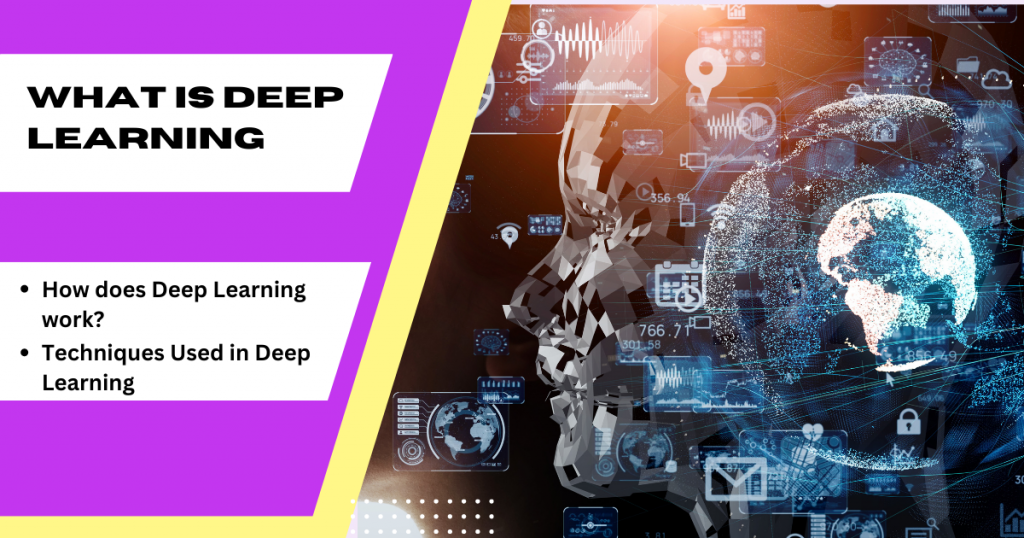Have you ever wondered how machines are able to learn and improve their performance over time? The answer lies in deep learning, a subset of machine learning that has revolutionized the field of artificial intelligence. In this article, we will explore the intricacies of deep learning and how it works, using simple language and relatable examples.
What is Deep Learning?

Deep learning is a method of training artificial neural networks to recognize patterns and make decisions. It is based on the idea that machines can learn from data, identify patterns and make decisions with minimal human intervention. The term “deep” refers to the number of layers in the neural network, which can range from a few to hundreds or even thousands.
How Does Deep Learning Work?
The process of deep learning involves several steps, which we will outline below:
Data Collection
The first step in any deep learning project is to collect data. This can be done by scraping data from websites, using sensors to collect data from the physical world, or gathering data from existing databases.
Data Preprocessing
Once the data has been collected, it needs to be preprocessed to make it suitable for deep learning algorithms. This includes cleaning the data, removing duplicates, and converting the data into a format that can be used by the neural network.
Designing the Neural Network
The next step is to design the neural network architecture. This involves determining the number of layers, the number of nodes in each layer, and the activation functions for each node. The architecture can be tweaked and refined through a process called hyperparameter tuning.
Training the Neural Network
Once the neural network has been designed, it needs to be trained using the preprocessed data. This involves feeding the data into the neural network, adjusting the weights and biases of the nodes, and measuring the performance of the neural network over time.
Testing and Validation
After the neural network has been trained, it needs to be tested and validated using a separate set of data. This ensures that the neural network is able to generalize and make accurate predictions on new data.
Deployment
Once the neural network has been trained and validated, it can be deployed in a real-world setting. This can involve integrating it into an existing software system or using it to make predictions in real-time.
Advantages of Deep Learning
Deep learning has several advantages over traditional machine learning methods. These include:
Automated Feature Extraction
Deep learning algorithms are able to automatically extract relevant features from raw data, eliminating the need for manual feature engineering.
Scalability
Deep learning algorithms can be scaled up to handle large amounts of data and complex tasks, making them suitable for applications such as image and speech recognition.
Improved Accuracy
Deep learning algorithms are able to achieve higher accuracy levels than traditional machine learning algorithms, especially on complex tasks such as image and speech recognition.
Conclusion
In conclusion, deep learning is a powerful tool that has revolutionized the field of artificial intelligence. By leveraging the power of neural networks, deep learning algorithms are able to learn from data, identify patterns, and make decisions with minimal human intervention. Whether you are a data scientist, a software developer, or simply someone interested in the field of AI, understanding the basics of deep learning is essential in today’s world.
- Degree Pursuit: Navigating the Path to Educational Excellence - July 4, 2024
- Why Is Studying English Important in a Business Environment? - July 4, 2024
- Top 10 Data Science Skills You Need in 2024 - July 3, 2024

